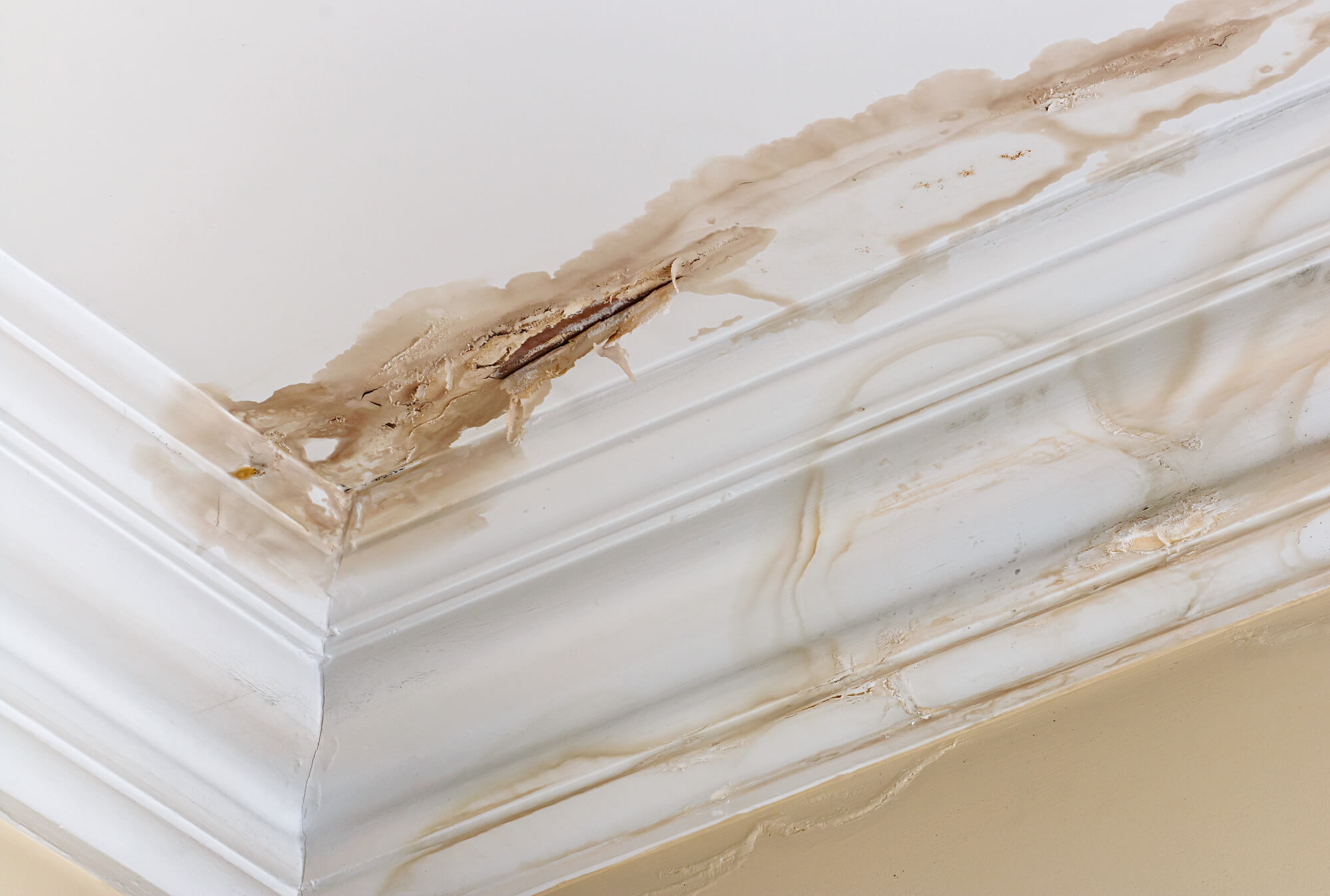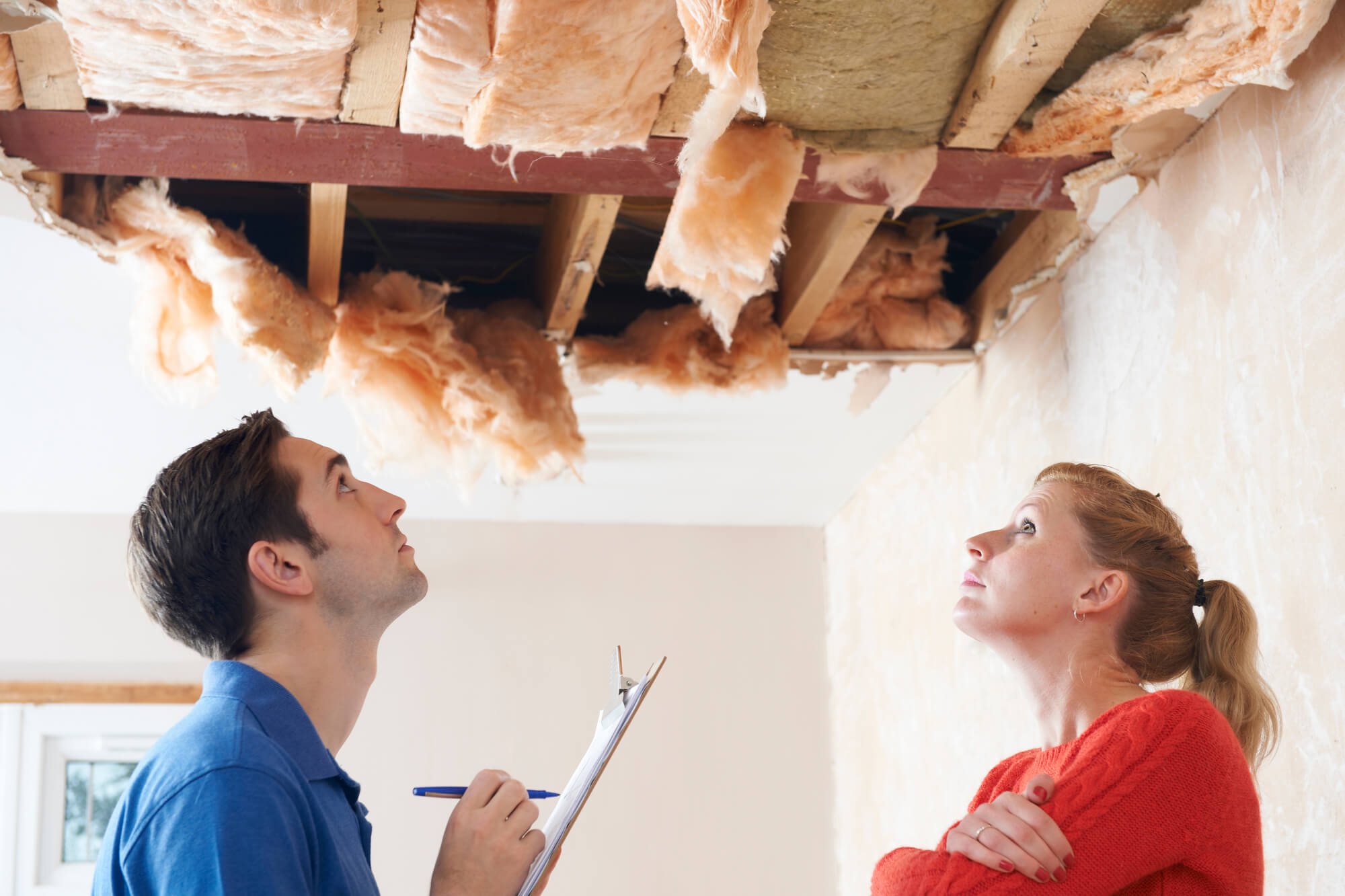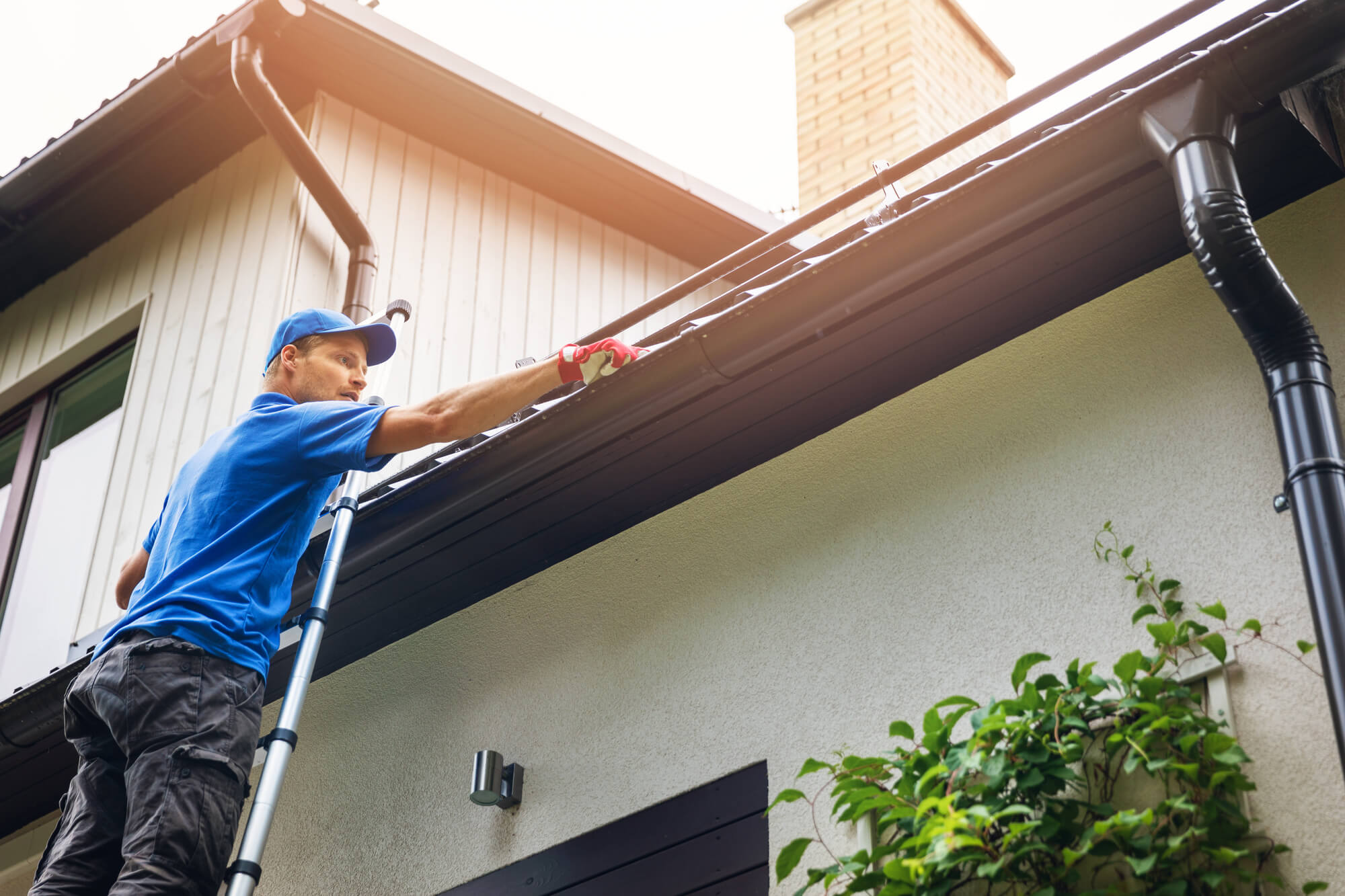December 31, 2025
Snow and Ice Management: Protecting Commercial Roofs and Building Exteriors from Winter Strain
Winter conditions like snow and ice create a very different operating environment for
Your roofing system plays a significant role in ensuring your building’s structural integrity and safety. Besides protecting your life’s work from bad weather and promoting employee safety, it enhances your business’ aesthetics while helping you cut costs on power bills. However, roofing systems take a beating every day. For this reason, you will need commercial roof leak repair at some point.
Luckily, a roofing specialist can help you resolve many issues that may lead to costly repairs, a shorter roof lifespan, or premature replacement.

Poorly installed commercial roofing systems will likely cause all kinds of issues down the road since you can’t expect them to last as long as well-installed ones. Don’t be surprised if they’ll increase your operating costs and hurt your bottom line. Aside from requiring recurrent repairs, a poorly installed roofing system poses safety issues that can compromise your business’ and employees’ safety.
In most cases, bad roof installation results from DIY projects or hiring inexperienced contractors that use substandard roofing materials. For this reason, you’ll want to consider working with a reputable roofing contractor with the skills, experience, tools, and high-quality materials for the best outcomes. If you’re worried your roof wasn’t installed correctly, get a professional to inspect it for you.
Many enterprises take a reactive approach to roofing, typically addressing minor roof repairs, such as cleaning out clogged gutters or trimming overhanging tree branches, rather than preventing them. If their functional commercial roof isn’t showing damage, they won’t bother to ensure regular maintenance. Since common roof issues start as minor repairs, these enterprises will eventually spend a fortune on major roof repairs and replacements.
In contrast, creating a proactive roof maintenance program for your commercial roof allows you to identify problems early before they escalate. Besides extending your roof’s life, routine inspections and regular maintenance can help you save money by avoiding costly repairs.
Trees can add beauty to your commercial property’s aesthetics and curb appeal. However, without proper maintenance, their overhanging branches can leave scratches on your roof, and their leaves could clog the gutters. They can also cause extensive damage to your roof if they collapse on it during inclement weather. In addition, critters won’t hesitate to use their branches to access your roof.
Trimming overhanging branches and twigs that are too close to your commercial roof can go a long way in avoiding tree damage. You should also consider investing in gutter guards to prevent leaf accumulation and clogged gutters. If you have young trees dotting your landscape, you’ll want to prune them to delay growth. Otherwise, they may eventually pose a threat to your roof.
Wind, hail, and intense pressure or weight on the roof can cause one of the most overlooked commercial roofing issues – roof punctures. While small holes are easy to ignore, they can cause considerable damage to the roof and building when moisture gets into rafters, fascia boards, ceiling joists, and other vulnerable roof areas.
You can avoid roof punctures by checking the flashing and sealant around pipes, vents, chimneys, and other roof penetrations. It’s best to schedule a roof inspection if you added them after building your roof. You’ll also want to avoid roof traffic on old roofs that are prone to punctures.
Since commercial roofing systems sometimes require specific tools and equipment for repairs, an amateur contractor will likely cause more harm than good if they don’t have access to these items. You’ll want to avoid making a costly mistake by asking your contractor if they’re certified to fix the type of roof your commercial building has.

A roof’s flashing is a flat and thin material made from metals, such as aluminum, copper, galvanized steel, or stainless steel. Moreover, roof flashing prevents water from entering the cracks and other openings on the roof by sealing holes, including chimneys, pipes, vents, and HVAC systems. Since your flashing lies underneath the shingles, it effectively redirects water to another location.
To ensure proper flashing installation, you’ll want to enlist the help of a qualified roofing specialist. Otherwise, poorly installed flashing that isn’t attached the way it should be will cause the tiles to blow off over time.
When moisture or air gets trapped within the shingles or beneath the layers of roofing, blisters that look like pockmarks will develop on your roof. Furthermore, the pressure in these patches forces the moisture or air to expand as outdoor temperatures rise. Although a few blistering shingles isn’t a primary concern, you’ll want to address significant blistering. Otherwise, this can lead to expensive repairs over time.
Membrane roofing is ideal for flat or nearly flat roofs. Besides protecting the building beneath it, this roofing offers warmth and insulation and moves water off the roof to prevent it from entering the property. Since ethylene propylene diene monomer (EPDM) and modified bitumen membranes are affordable and durable, most building owners choose them for their commercial roofing projects. However, as these rubber roofs age, they become less elastic and more prone to shrinkage.
Any roofer will tell you that using poorly manufactured materials or poor installation will cause the membranes to pull at flashings at curbs, walls, and penetrations, resulting in roof shrinkage characterized by tears, cracks, and ridges. You can prevent roof shrinkage by using a quality membrane and ensuring proper installation by working with a trained and qualified professional.
Uneven areas on the roof resulting from damage to the roofing system can lead to water ponding. Furthermore, improper drainage of HVAC units, silt buildup, clogged gutters, and deteriorating roofing material due to damaged insulation can also cause water to puddle up on your commercial roof.
Some of the best ways to prevent ponding water include cleaning gutters and draining spouts of leaves and other debris. You’ll also want to remove ice dams before they cause ponding.
Rain, snow, ice, hail, wind, and debris increases the chances of moisture penetrating the roof layers. Any moisture or water that can get through your roofing system will put your building at risk of molding, wet insulation, water damage, fire hazards, slips and falls, and structural deterioration.
The best way to prevent moisture and roof leaks is to schedule regular inspections. Spotting leaks before they wreak havoc on your roof requires you to inspect skylights, maintain gutters, invest in attic ventilation, and install roof deck protection.

BlueTeam is a licensed general contractor firm certified to perform emergency and routine roof inspections. We're proud to offer our services all across the country: from Florida to California! Our team of experts can assess your roof and quickly implement measures to protect your property and mitigate further loss. Contact us today to request a demo or a quote.